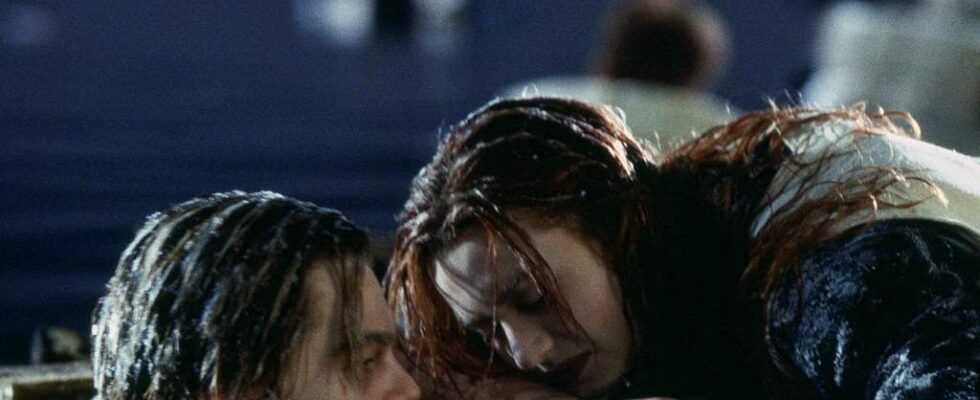Whether in the deepest depths of the ocean, at life-threatening spots on the earth or kilometers above the ground: for some cinema films, the makers, actors and stunt people have gone to their absolute limits and beyond. Nobody embodies the pursuit of "higher, faster, further" as much as Hollywood star Tom Cruise (57). He will be the first actor ever to shoot a feature film in space in collaboration with the NASA space agency. But even on Mother Earth, Cruise and many film-making colleagues have already shown that they have a weakness for special locations.
Tom Cruise prefers to do it himself
As is well known, Cruise still does his own stunts at the age of 57. In particular, the "Mission: Impossible" series repeatedly pushed him to the limit. "Rogue Nation", for example, in which the real cruise dangled at the stern when a real military aircraft took off. In the upcoming film "Top Gun: Maverick", Cruise is supposed to be seen in some scenes even at the wheel of a fighter jet. It is understandable that he then chose space as the last frontier of action cinema for the film.
The mountain calls
But it does not have to be free fall to press viewers into the cinema seats with fear of heights. Various film crews have climbed the most impassable mountains to shoot there. The drama "Everest" with Josh Brolin (52), Jason Clarke (50) and Jake Gyllenhaal (39) was filmed in the Ötztal Alps and in mountain regions in Nepal, including at the base camp of Mount Everest. In April 2014, not far from the set, BBC reports that several Sherpas were killed in an avalanche.
The feeling of vertigo was conveyed in 1993 by the film "Cliffhanger" with Sylvester Stallone (73). It was not allowed to be shot at the actual location of the action, the nature reserve of the Rocky Mountains. For this it was created under strict conditions in the Dolomites (Italy). However, the most impressive scene in the film happens in the air when a stunt man slips on a leash and at an altitude of 4,500 meters from one plane to another. The action went down in the Guinness Book of Records as the most expensive stunt in film history at the time ($ 1 million).
Monumental to radioactive
Even supposedly ordinary filming locations on land can become epochal or tragic due to certain circumstances. The best examples of the former are monumental strips of the brand "Ben Hur", "Cleopatra" or the relatively unknown "intolerance" by David W. Griffith. For the film from 1916, part of the wall of Babylon was faithfully reproduced; in some places the building is said to have been over 50 meters high. Adjusted for inflation, the $ 2.5 million that went into the set at the time is now said to be worth nearly $ 50 million.
On the other hand, the film "Roar – The Lions Are Going" from 1981 is still considered an extremely dangerous location. Not because of the location itself, but, as the German epithet already says, because of the animal Costars. The actors, including Tippi Hedren (90) and her daughter – Melanie Griffith (62) – are said to have suffered massive injuries and even broken bones. According to reports, Hedren was bitten in the head, among other things, that a lioness also attacked Griffith and caused a wound that had to be sewn with 50 stitches. Even the "Tiger King" can pack up.
On the other hand, fatalities, on the other hand, most likely demanded another location. The 1956 film "The Conqueror" with John Wayne and Susan Hayward took place near the nuclear test site in the city of St. George, Utah. Subsequently, more than a third of the cast and crew fell ill with cancer. Wayne, Hayward, director Dick Powell and other set staff died of their illness.
At home in the water
Successful and less successful strips play (almost) exclusively on the high seas. As strong as the movie "Waterworld" by and with Kevin Costner (65) may have got under the wheels of critics: the sets were impressive. For example with an artificial atoll that is said to have weighed 1,000 tons. The floating villain's fortress, depicted by Dennis Hopper, is said to have been repeatedly driven off the Kona Coast of Hawaii. "Waterworld" finally went swimming in the cinema.
James Cameron (65) repeatedly came to sea with much greater success. A huge model of the "Titanic" provided the necessary realism – just like bitterly cold water, into which the actors were thrown. Many actors suffered from colds and even kidney infections after hours in freezing cold, including leading actress Kate Winslet (44).
Under the sea
But Cameron also demanded everything from his actors years ago. For "The Abyss", stars like Ed Harris (69) had to do diving training for a week because many scenes of the film take place under water. But even more memorable is where the filming ultimately took place: the bodywork of the Cherokee nuclear power plant in the state of South Carolina, which was never completed, was worked on. The tank in which the film was shot is said to have held more than 34 million liters of water.
In terms of quality, the shark horror "47 Meters Down" may not match Cameron's films. It is worth noting that the film with Mandy Moore (36) and Claire Holt (31) takes place almost exclusively under water. To be more precise, in a sunken diving cage from which the film sisters have to free themselves.
